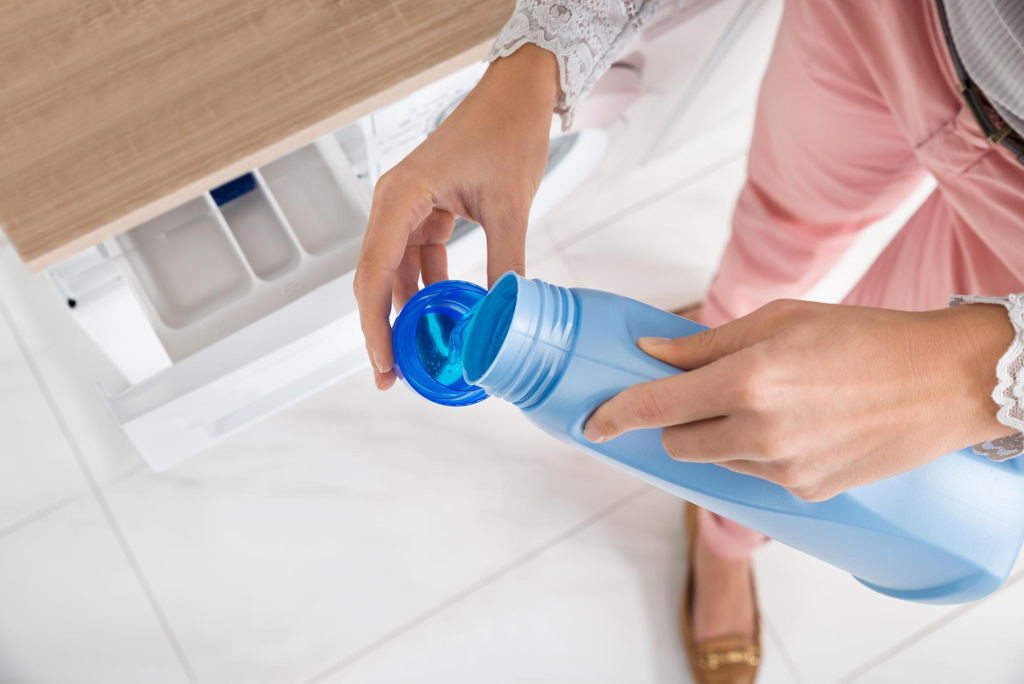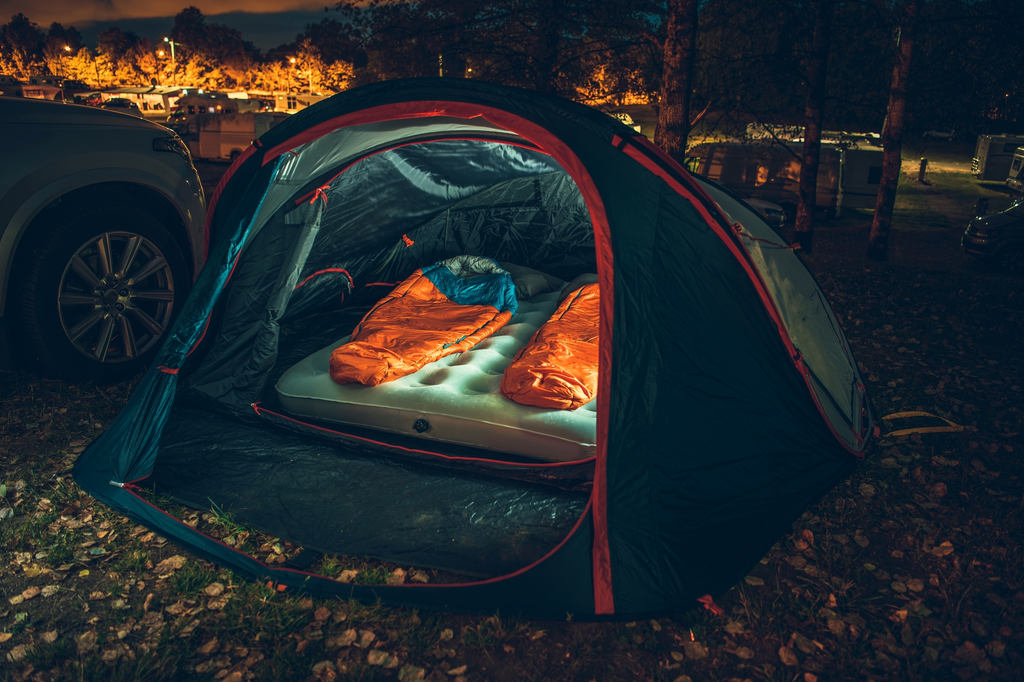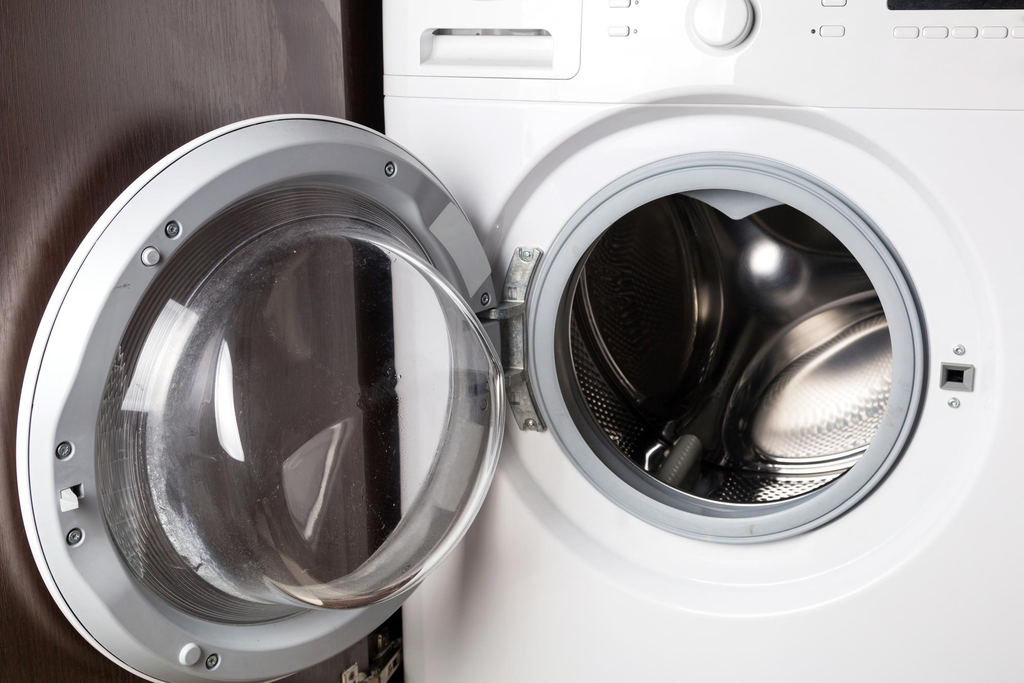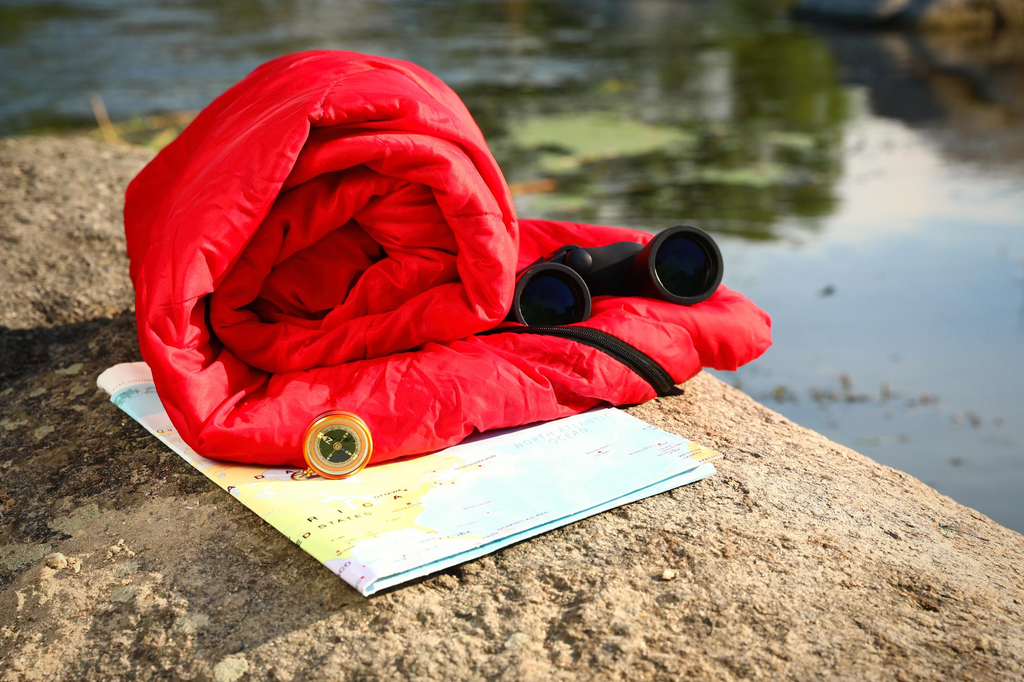Preparation Before Washing
Before washing your sleeping bag, there are a few steps that you should follow to ensure the best possible results. In this section, we will cover two essential sub-sections: checking the care label and choosing the right detergent.

Check the Care Label
It is crucial to check the care label on your sleeping bag before attempting to wash it. Care labels contain valuable information regarding the recommended washing method, temperature, and other essential details. Each sleeping bag may have different care instructions, depending on its filling material, fabric, and construction. Ignoring these recommendations could lead to damaging your sleeping bag or reducing its lifespan.
Reading and following the care label instructions will help you maintain your sleeping bag's performance and longevity.
Choose the Right Detergent
Selecting the appropriate detergent is another critical factor in the washing process. It's necessary to be aware that down-filled sleeping bags and synthetic-filled sleeping bags may require different types of detergents.
-
Down-filled sleeping bags: When washing a down sleeping bag, it is essential to use a down-specific detergent. Regular detergents can strip down natural oils, reducing its insulating properties. Down-specific detergents are available in outdoor equipment stores and online.
-
Synthetic-filled sleeping bags: For synthetic sleeping bags, a gentle, residue-free detergent is recommended. Avoid using bleach, fabric softeners, or detergents with additives, as they can damage the synthetic filling and reduce the bag's insulating qualities.

By following these preparation steps and using the correct detergent, you can effectively clean your sleeping bag without compromising its performance or durability.
Hand Washing the Sleeping Bag
Fill the Bathtub
To hand wash your sleeping bag, start by filling your bathtub with lukewarm water. Add a small amount of a non-detergent soap (such as castile soap) or a specially formulated sleeping bag cleaner. Avoid using harsh detergents as they can damage your bag's insulation.
Wash and Rinse
Gently submerge the sleeping bag in the soapy water, using your hands to agitate and clean the fabric. Pay special attention to heavily soiled areas by using a soft brush and a gentle stain remover. Remember not to use bleach or strong detergents, as they can harm the bag's insulation. After washing, drain the soapy water and refill the tub with clean water. Rinse the sleeping bag thoroughly, repeating the process until the water runs clear. You might need to rinse your bag a few times to remove all the soap.
Remove Excess Water
Once the sleeping bag is fully rinsed, drain the water from the tub. Carefully lift the sleeping bag, taking care to support its weight as wet fabric can be delicate. Gently press the sleeping bag against the side of the tub to remove excess water. Refrain from wringing it out, as this can damage the insulation and material. Spread out your sleeping bag on a clean, flat surface or a drying rack, and allow it to air dry. Turning the bag occasionally will help speed up the drying process.

Machine Washing the Sleeping Bag
Choose the Right Washer
When machine washing a sleeping bag, using a front-loading washing machine is essential, as it's gentler and less likely to damage your sleeping bag. Avoid top-loading washing machines, as they have a central agitator that can cause harm to your sleeping bag. If your only option is a top-loading machine, consider hand washing instead.
Select the Appropriate Settings
Before proceeding, check the care label of your sleeping bag for specific washing instructions. Ensure you use the right detergent for the type of sleeping bag. For down sleeping bags, Nikwax Down Wash is recommended, while synthetic bags would benefit from Nikwax Tech Wash. Avoid using conventional laundry detergents, as their chemicals can damage the bag's fine fibers.
Select a gentle cycle with warm water and let the machine run. To ensure all detergent is rinsed out, it's important to rinse your bag twice with water before removing it from the washer. When taking the sleeping bag out, make sure to support the entire bag, not just one end.

Drying the Sleeping Bag
Lay Out on a Flat Surface
After washing your sleeping bag, it's essential to dry it properly to maintain its insulation. Start by laying the sleeping bag on a flat surface, preferably outdoors in a shaded area to avoid direct sunlight, which can damage the fabric. Gently press down on the sleeping bag to remove excess water, being careful not to wring or twist it, as this can damage the insulation. If the weather isn't suitable for outdoor drying, you can use a large indoor space such as a garage or basement.
Use a Dryer with Low Heat
Another effective method for drying a sleeping bag is to use a dryer on low heat. Make sure to use a front-loading dryer or commercial dryer, as these machines often have a gentle setting that is suitable for delicate items like sleeping bags. If you have a down sleeping bag, add a few tennis balls to the dryer to help maintain the fluffiness of the down filling. Keep a close eye on the drying process and be prepared to periodically check on the sleeping bag to ensure it's not overheating or tangled.
Remember to avoid high heat settings, as they can damage the insulation and fabric of your sleeping bag. It may take several cycles to fully dry your sleeping bag, depending on its thickness and insulation material. Patience and care during the drying process will help maintain the quality and longevity of your investment.

Storing the Sleeping Bag
Loosely Fold and Roll Up
When storing your sleeping bag, it's essential to loosely fold and roll it up, preserving its insulation and overall quality. Avoid tightly compressing the bag, as this can damage the insulation and reduce its ability to keep you warm. Instead, try to put as little pressure on the material as possible while folding, then roll it up gently for storage.
Avoid Humidity and Direct Sunlight
Another crucial aspect of proper sleeping bag storage is keeping it away from humidity and direct sunlight. Humidity can cause mildew and mold to grow on your sleeping bag, while direct sunlight can weaken the fabric due to UV rays. Store your sleeping bag in a dry, cool place, preferably hung up or laid flat. If you need to air it out, consider hanging it in a covered outdoor space for 6 to 8 hours, but remember to keep it away from direct sunlight.
Get more information about bedding from Egohome!







